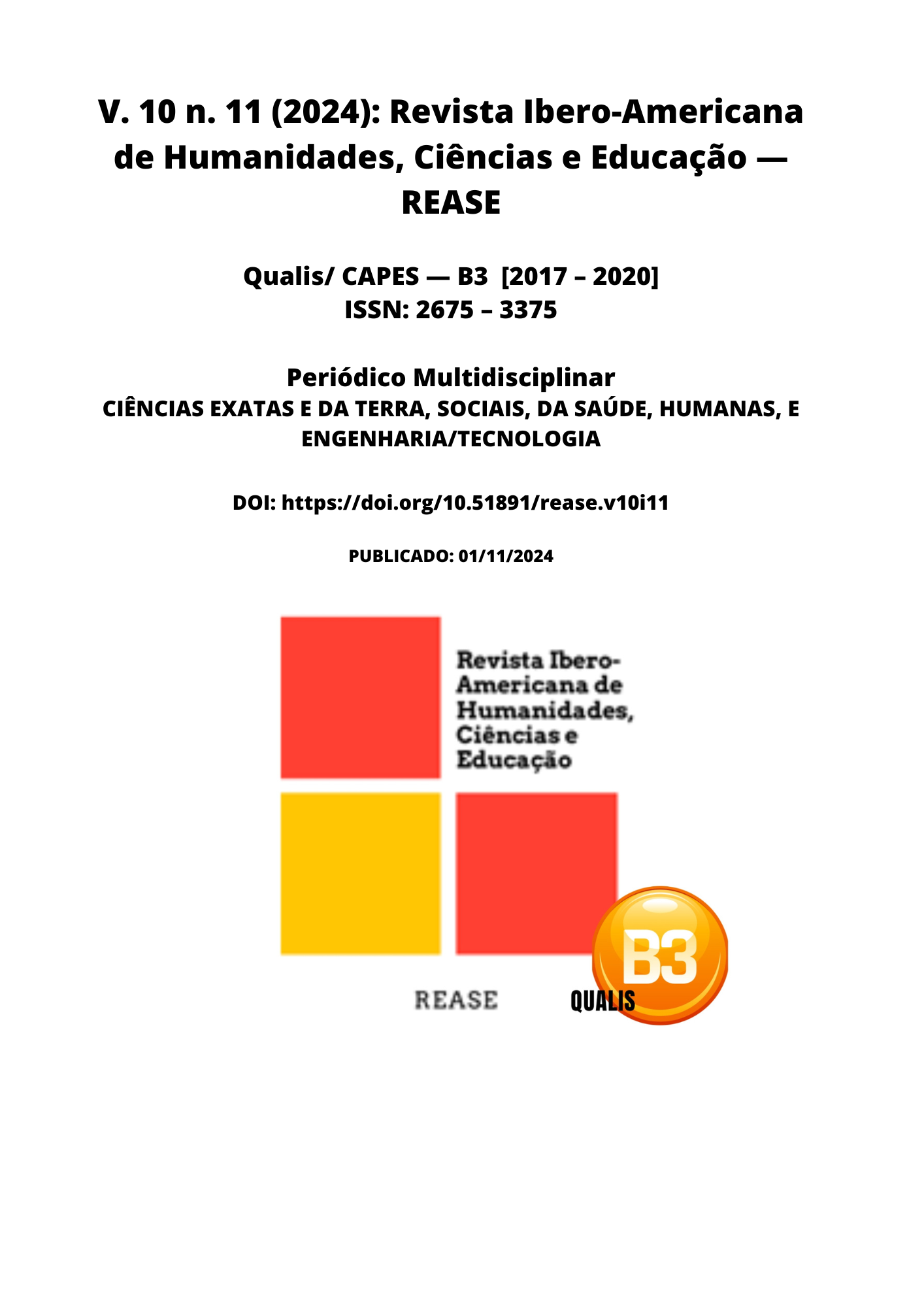NURSING CARE IN THE CONTROL OF PRE-ECLAMPSIA AND ECLAMPSIA
DOI:
https://doi.org/10.51891/rease.v10i11.16667Keywords:
Preeclampsia. Eclampsia. Hypertensive diseases. Nursing.Abstract
Introduction: Pre-eclampsia is defined as a hypertensive syndrome, developed from the 20th week of gestation and characterized by BP ≥ 140x90 mmHg, presence of proteinuria in 24-hour urine with or without edema. It is extremely important that the pregnant woman be monitored by the multidisciplinary team, in order to treat and minimize the risks to both the health of the pregnant woman and the baby, since pre-eclampsia, in addition to inducing premature birth, can have numerous consequences, even leading to eclampsia and HELLP syndrome, which are the most severe forms with a high risk of maternal death. Objective: to understand the literature on nursing care in the control of pre-eclampsia and eclampsia. Methodology: This study is an integrative literature review based on the following guiding question: what is the nursing care in the control of pre-eclampsia and eclampsia? Data collection took place between July and August 2024, through the Virtual Health Library (VHL), using the following databases: Scientific Electronic Library Online (SciELO), Latin American and Caribbean Literature in Health Sciences (Lilacs) and PubMed. The following health science descriptors (Decs) were used: pre-eclampsia, eclampsia, hypertensive diseases and role of nursing in hypertensive syndromes. The following inclusion criteria were adopted: articles published in the last 5 years (2019 to 2024), full articles available in Portuguese and English for free, which addressed the topic. Duplicate articles, articles in Spanish, monographs, incomplete articles, dissertations, journals, theses, experience reports and those that deviated from the theme were excluded. The data were treated qualitatively and compared with the literature. Results and discussion: nursing care is essential, requiring scientific and technical knowledge to assess and control the condition, in addition to morbidity and mortality rates. Nurses should regularly monitor the specific signs of preeclampsia and eclampsia in pregnant women and the fetal heart rate, ensuring the stability of both. In addition, magnesium sulfate is recommended for treatment, especially in cases of difficult-to-control blood pressure. Care should also include psychological care for pregnant women, personalizing care to strengthen the bond between the health professional and the patient. Conclusion: preeclampsia is a serious gestational complication that can affect both mother and fetus. In short, thorough and humanized care is crucial to manage preeclampsia and its complications.
Downloads
Downloads
Published
How to Cite
Issue
Section
Categories
License
Atribuição CC BY

